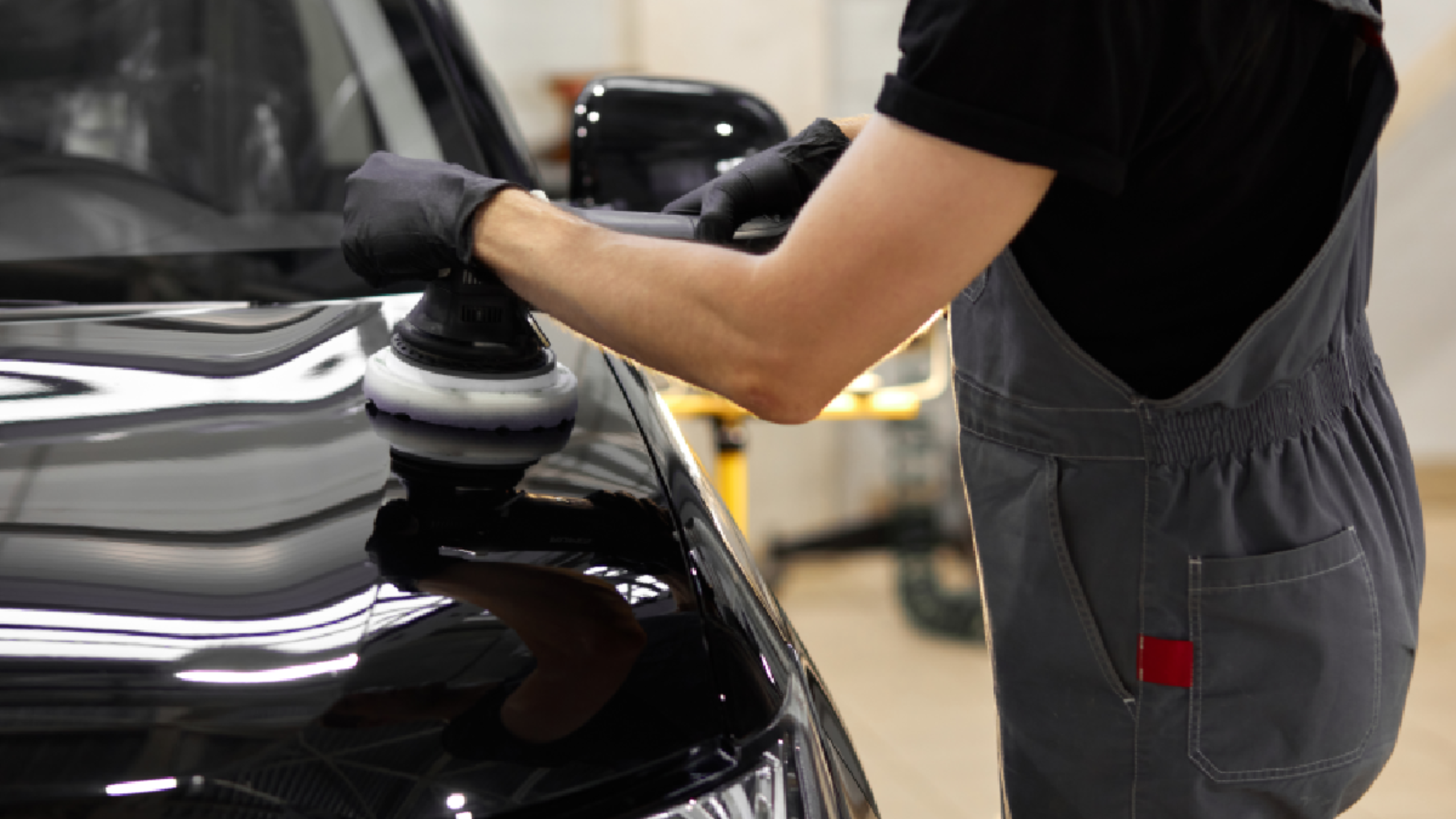 Polishing
Polishing
Maintaining your vehicle goes beyond just mechanical care. The aesthetics of your car also play a crucial role in preserving and enhancing it.
One of the most important aspects of automotive aesthetics is polishing. But how do you know when your car needs polishing?
This article will guide you through the process of identifying when your vehicle might need polishing.
Car polishing is a meticulous process that involves removing a thin layer from the surface of your car’s paintwork to eliminate scratches and imperfections, revealing a fresh, shiny layer underneath.
This process not only improves the appearance of your car, but also protects the paintwork and increases the longevity of the vehicle.
Identifying when your vehicle needs polishing is an essential skill for any car owner.
If you notice that your car’s paintwork is starting to look dull or faded, or if there are small scratches and marks on the surface, it may be time for a polish.
Regularly polishing your car can help keep it looking shiny and new.
There are several types of car polish, each suitable for different situations and needs.
Here are the main types of car polish and a detailed description of each:
It can also be applied to pieces that have been painted more than once or have lost their shine.
Each type of polish has its own advantages and disadvantages, and the choice of polish depends on the specific needs of your vehicle and the current condition of the paintwork.
It is always recommended to seek professional advice when choosing the type of polish for your vehicle.
Car polishing is a meticulous process that involves several steps to ensure that your car’s paintwork is restored to its original shine.
Check out the detailed steps on how a car polish is done:
After polishing, it is important to avoid intensive washing for a period to allow the polish layer to set properly.
It is also recommended to use suitable, gentle cleaning products that will not damage the paintwork.
In addition to regular maintenance, store your car indoors and avoid prolonged exposure to the sun.
These simple precautions help to keep the paintwork protected and looking new for longer.
Now that you know when to identify when your vehicle needs polishing and what types of procedures exist, you can ensure that your car always looks as good as the day you bought it.